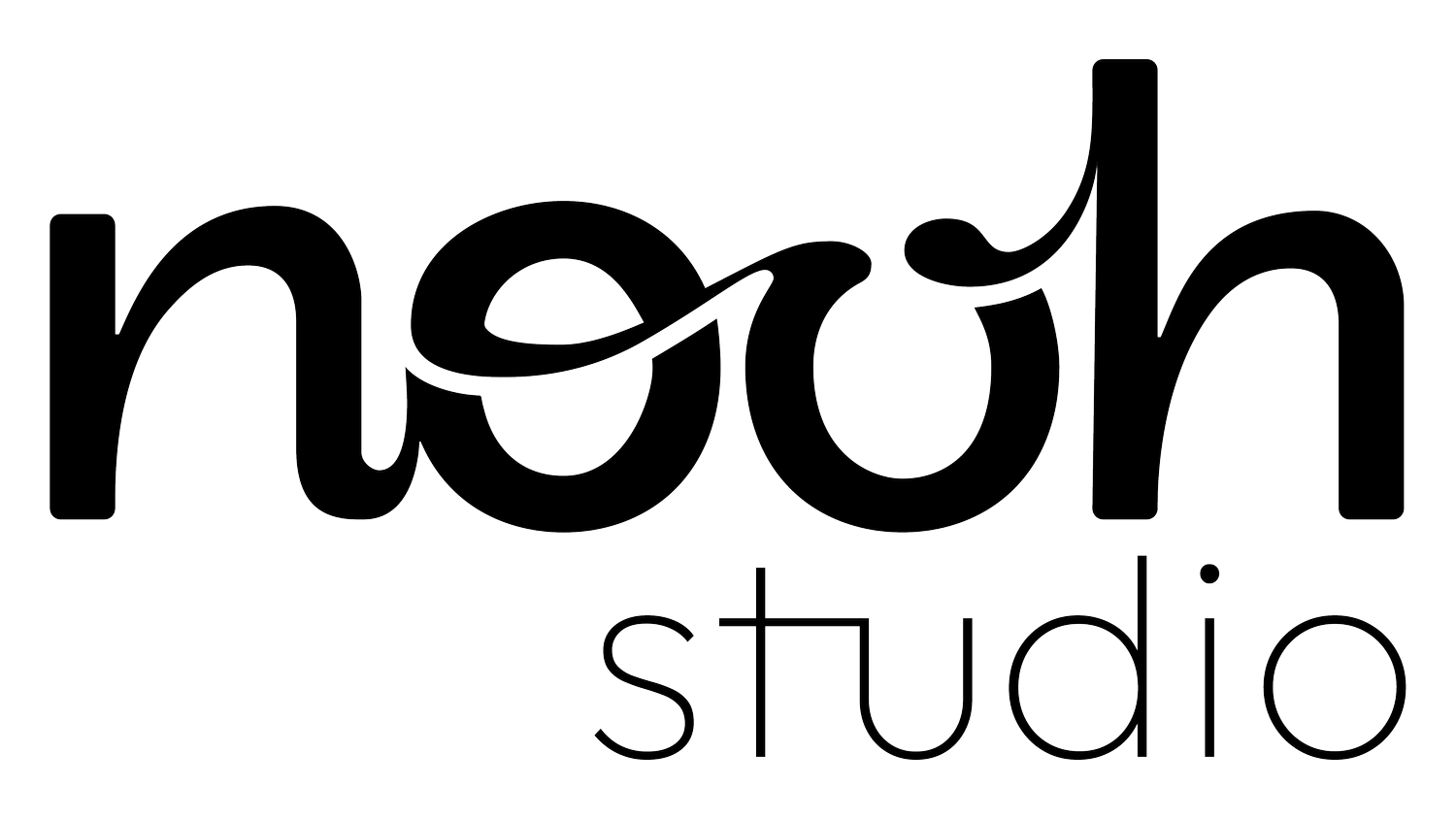The Difference Between Co-production and Consultation
Collaboration is essential for tackling today’s increasingly complex challenges. But co-design isn’t the only way to embrace collaboration, two other methods are co-production and consultation. These approaches are often used in public policy, healthcare and community development.
Although they both help us to drive results, they’re two distinct ways of engaging with people. And understanding the differences is crucial for effectively tapping into their benefits and achieving the meaningful outcomes you want.
So let’s get into it…
What is consultation?
You probably recognise consultation as being the traditional route for healthcare professionals to diagnose and treat patients. This approach to stakeholder engagement sees decision-makers seek input, feedback and advice from stakeholders on specific issues, policies or projects.
In consultation, the focus is primarily on gathering perspectives and insights from stakeholders to help make decisions. While it can be a valuable tool for gathering diverse viewpoints and building consensus, it often maintains a hierarchical relationship between decision-makers and stakeholders. Offering limited opportunities for meaningful participation or co-creation.
Examples of consultation processes include public hearings on proposed policies, surveys seeking feedback on service delivery and stakeholder consultations in development projects.
The key characteristics of consultation
Information exchange
Consultation involves one-way communication, where decision-makers seek input or feedback from stakeholders but retain ultimate decision making authority.
Limited participation
Stakeholder participation in consultation processes is often limited to providing feedback or responding to predefined questions or proposals, with little opportunity for co-design or co-production.
Expert-led
Consultation processes are typically led by expert decision-makers who define the scope, agenda and parameters of engagement. This risks potentially excluding or marginalising certain voices or perspectives.
Transactional
Transactional in its nature, consultation involves stakeholders being consulted on specific issues or decisions without necessarily building long-term collaborative relationships or trust.
What is co-production?
Various teams within our healthcare system and beyond are now putting forward the idea of co-production as an alternative to consultation. Co-production is a way of working in which service providers and users work together to reach a collective outcome. The approach is value-driven and built on the principle that those who are affected by a service are best placed to help design it.
In this collaborative approach, service providers and users work together in equal partnership to design, deliver and evaluate solutions. The emphasis is on active participation, shared responsibility and mutual respect among everyone involved. Recognising the expertise, knowledge and lived experiences of service users, and empowering them to become co-creators rather than just passive recipients.
Examples of co-production initiatives include co-designing healthcare services with patients, involving citizens in urban planning processes and engaging community members in shaping public policies.
The key characteristics of co-production
Equality
Co-production fosters an equal relationship between service providers and service users, allowing both parties to contribute their expertise and insights equally.
Shared decision making
Decisions are made collaboratively, drawing on the diverse perspectives of everyone involved. This ensures that solutions are more inclusive, responsive and effective.
Empowerment
Co-production empowers service users by acknowledging their agency and involving them in every stage of the process - from problem identification to solution implementation.
Continuous engagement
Incorporating continuous dialogue, feedback loops and iterative improvement, co-production is an ongoing process based on the evolving needs and priorities of all stakeholders.
While co-production and consultation both involve end-users, co-production goes beyond just involvement - empowering service users to become equal partners and co-creators. Providing a range of benefits for everyone involved, co-production helps people to gain knowledge, learn skills and adopt behaviours that improve their wellbeing and drive positive change.
To find out more about the power of collaboration download your free copy of the Creative Co-design Fundamentals ebook. Or for support incorporating collaboration into your organisation just get in touch - we’re the specialist co-design agency and we’d love to help.
